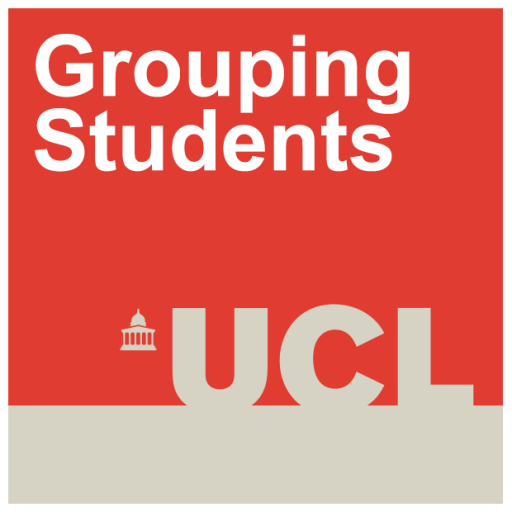No need to stress – we’re in a Finnish classroom!
By IOE Blog Editor, on 1 June 2016
— Research Associate Dr Anna Mazenod

In our last blog we shared with you some of the key features of the Finnish education system. This was in preparation for our project team visit to my native Finland to observe teaching and learning in secondary schools. The three Helsinki schools (Taivallahden peruskoulu, Töölön yhteiskoulu and Helsingin normaalilyseo) we visited delivered teaching in mixed-attainment classes.
Over a two-day visit we observed five teachers in action in their classrooms. What struck us the most was the calm pace of the lessons and the relaxed attitude to learning. This relaxed attitude to learning was shared by the teachers and the students, and permeated the classrooms and the school corridors. What was also noticeable was the emphasis on ‘chalk and talk’, and the relatively unstructured lessons. In our brief discussions with the individual teachers all stressed the importance of encouraging independent learning, and seemed to view themselves primarily as facilitators of learning. This was in the context of classes that were relatively small in size (the largest class we observed had 23 students). The lack of national level assessments of learning until students are aged 17-18 was identified by some of the teachers as helping to create an empowering and stress-free school environment for students.
During our visit we were fortunate to meet with some colleagues from the University of Helsinki and to compare notes on our research in schools in England and in Finland. It was interesting to hear the Finnish colleagues’ concerns about the direction of travel for the education system that is still highly regarded internationally. This brought into perspective the challenges of making sensible comparisons of different education systems, and how the position of the observer as an insider or an outsider within the system can influence what they see. The calm atmosphere in the classrooms for example felt very normal to me, familiar from my own childhood experiences of going to school in Finland. Other members of the project team were however quick to note, e.g. the low level of noise in the classrooms and in the school corridors that might be unusual in a typical English school. We learnt that whilst mixed-attainment classes are the norm, an element of setting has been introduced in some parts of the country through special emphasis classes. Maths with special emphasis, i.e. maths with an extended curriculum, is a popular option. Selection for these special emphasis classes is undertaken through aptitude tests that students can sit aged 12.
We are thankful to the schools and the teachers who welcomed us in their classrooms, and to the Finnish academics (Professor Elina Lahelma, Dr Sonja Kosunen and Dr Anna-Leena Riitaoja) who were willing to spare us time from their busy schedules. Our Finnish visit was an enriching one for the project and will help us to reflect on the impact of cultural settings on education policy and education systems in practice.
Top image by Otso Kivekas, Creative Commons licence CC BY-SA 3.0 (http://creativecommons.org/licenses/by-sa/3.0/). Middle and bottom images by John Barlow
 Close
Close





